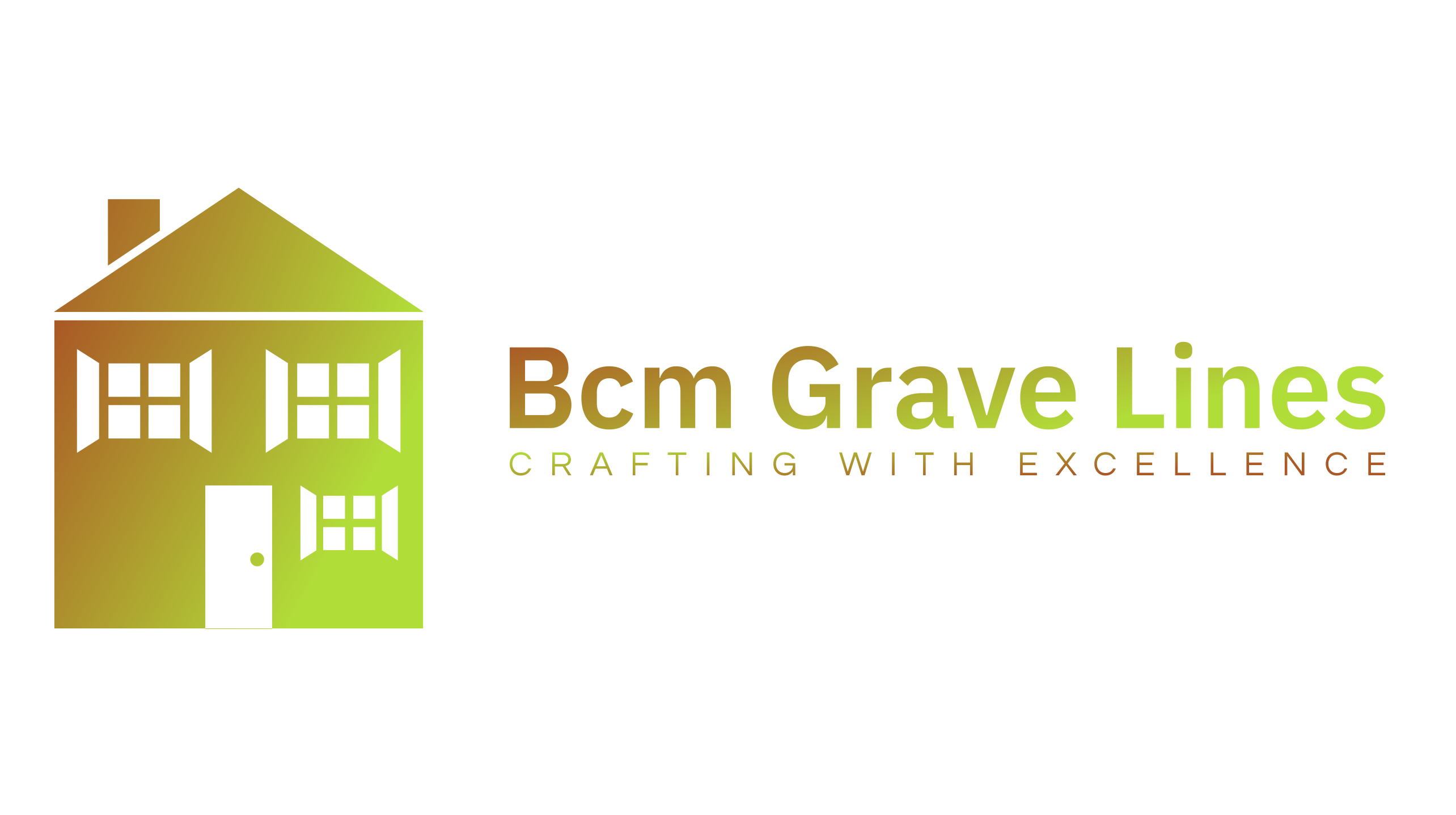Home Lighting Design – Daylighting Design
4 min read
This article develops a unique, extensive home lighting design Daylighting Design Schedule to address code and a whole lot more. Home lighting design policy for most any home these days: let the daylight in with qualifications – maybe not too much, not too little, depends on where, depends on how, how about when, depends what it’s shining on, etc. This is about a Daylighting Design Schedule.
Home lighting design code: IRC 303.1 presents effectively and round-about that for daylighting design, at least in a sleeping room, “aggregate glazing area” should be not less than 8% of that room’s floor surface area. (CABO’s tougher, fewer exceptions.) [Please note that this presentation has no direct connection with emergency egress.]
Home daylighting design practice? Who knows. The author has had reactions from “exactly, right” to “not so important around here” to “what are you talking about” from building authorities having jurisdiction. If considered at all by others, it’d be for sleeping areas only is my expectation.
AGGREGATE GLAZING AREA
To start, the term aggregate glazing area – otherwise undefined – is interpreted to mean translucent surface – glass, clear plastic, etc. and not associated frame, sash, muntins, trim, and the like. What Marvin Windows and Doors defines as “Lite”, Pella as “Visible Glass”, Loewen as “Exposed Glass Area,” etc.
Note, please, that if some folks weren’t interested in these surface areas, the big players in windows wouldn’t work it out in print. This custom home designer’s interested.
THE HOME DAYLIGHTING SCHEDULE FOR DAYLIGHTING DESIGN
A home lighting Daylighting Schedule, or Illumination Schedule, achieves four ends.
First, it defines the proportion of aggregate glazing area to interior surface area in each major space of a residence, including habitable rooms, halls, walk-in closets, utility spaces for workshop and laundry and such, garage(s), etc.
Second, it compares actual aggregate glazing area to calculated code target for each major space and presents the difference either in square feet of glazing area or, increasingly likely, in percent of glazing area target – the latter seems easier to usefully understand.
Third, it comments selectively by suggestion, indication, and definition about daylighting aspects of importance as designers’ opinions warrant.
Fourth, it provides an opportunity to identify persistently darkish spaces or parts of spaces sufficiently distant from a natural light source so as to be considered unlighted, or not penetrated, by a natural light source, e.g., a space considerably back from the daylight from a covered porch, an exceptionally deep interior space.
The structure of the schedule presents as a table of several columns. From the left, let’s see: a give space; its surface area in square feet; 8% of that surface area in square feet; aggregate glazing area of that space in square feet (usually to one decimal); the arithmetic and percentage difference between the 8% and the aggregate glazing column; and comments as appropriate. Comments can include, among others, modulate, dark, code compliant (for sleeping areas), etc.
Home lighting experts put definable limits on the extent of useful daylighting that can penetrate a space. These limits can be found in, for example, Lighting Design Basics by Mark Karlen and James Benya, John Wiley & Sons, Inc., 2004, p.34 and Interior Lighting For Designers 4th Edition by Gary Gordon, John Wiley & Sons, Inc., 1957, p.53ff. While this daylight penetration aspect of daylighting analysis can be judgmental, consideration of related adjustment to natural illumination is, in the author’s opinion, well worth the effort as a pre-emptive design alert to convenience and safety.
The home Daylighting Design Schedule presents several bases of or inputs to home design analysis – 16 in all.
1. Of itself for natural light, in the house’s compass orientation and, possibly, its adjustment and in personal assessment of infiltration and adequacy in daylighted spaces.
2. Ventilation as a quality control cross-check in cross-venting of sleeping areas and longer occupied rooms, plus sizing and indicative siting of both supplies and returns.
3. UV intrusion indicator of where it may be determined as less welcome and its power diminished.
4. Natural heat-build indicator for HVAC professional attention and various design means to lessen.
5. Daylight glare definition especially in areas, such as stairways, where glare threatens safety.
6. Qualification for code-compliance of aggregate glazing area to space surface area in sleeping areas, notably more problematic in such spaces within story-and-a-half structures at L2.
7. Suggestive guide to artificial lighting throughout, particularly ambient lighting and lighting controls.
8. Definitive cross-check on window and door size and site in elevations, plan view(s), and window schedule (and, possibly, door schedule).
9. Excellent perspective on the consequences of exterior design on interior functionality, occasionally leading to design changes ranging from marginal to major.
10. Guide to increased layering in low-daylight spaces.
11. Guide to continuous service rating in no- and very low-daylight spaces.
12. Guide to altering fenestration dimensions.
13. Guide to altering fenestration siting.
14. Motivation in single-storied deep spaces with exterior covers to penetrate those covers with niches in the roof, sunscreen, skylight, clerestory, etc.
15. Motivation in single-storied deep spaces with or without exterior covers to add clerestories and light wells by way of dormers and other fenestration design modifications.
16. Motivation, particularly in story-and-a-half designs, to necessarily add dormers, skylights, skylight tubes, clerestories, light wells, and other fenestration design modifications.
Comment: Note, please, that latter-day fixing of major mistakes to attain convenient and safe sizing and siting of windows, exterior door composition, luminaires, and light-reflecting and -absorbing features can be a remediation expense and physical inconvenience bigtime.





